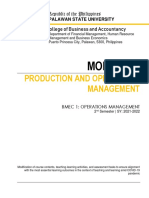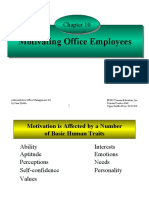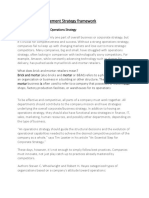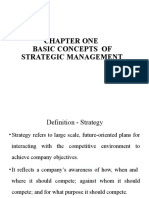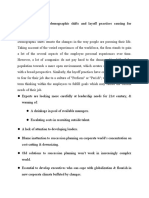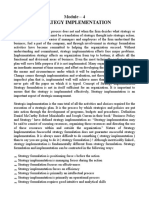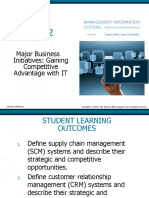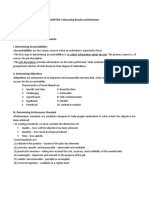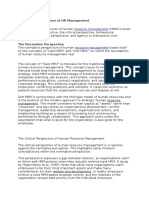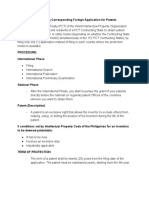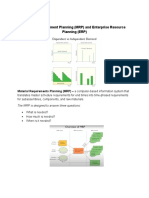0% found this document useful (0 votes)
488 views12 pagesIntroduction To Operations Management
The document provides an introduction to operations management. It defines operations as the part of a business that produces goods and services. It distinguishes between goods, which are physical items, and services, which provide time, location or other value. It also discusses supply chains, the transformation process, feedback and control, and why operations management is an important field of study.
Uploaded by
Allan CalvoCopyright
© © All Rights Reserved
We take content rights seriously. If you suspect this is your content, claim it here.
Available Formats
Download as DOCX, PDF, TXT or read online on Scribd
0% found this document useful (0 votes)
488 views12 pagesIntroduction To Operations Management
The document provides an introduction to operations management. It defines operations as the part of a business that produces goods and services. It distinguishes between goods, which are physical items, and services, which provide time, location or other value. It also discusses supply chains, the transformation process, feedback and control, and why operations management is an important field of study.
Uploaded by
Allan CalvoCopyright
© © All Rights Reserved
We take content rights seriously. If you suspect this is your content, claim it here.
Available Formats
Download as DOCX, PDF, TXT or read online on Scribd
/ 12



